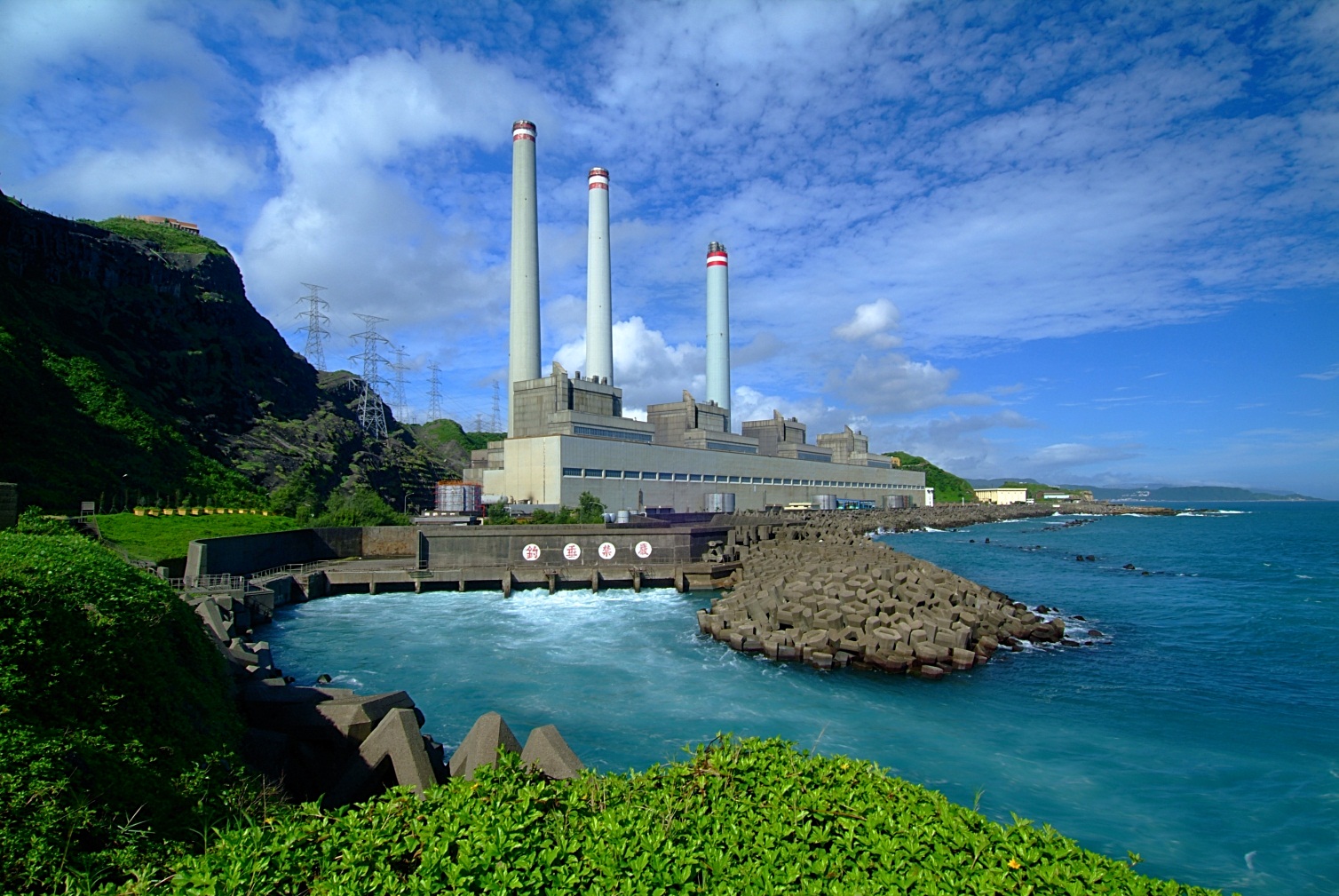.jpg)
Taiwan's power grid is under scrutiny as no more electricity is approved for data centres above 5 MW north of Taoyuan. (Photo: iStock)
As international companies increasingly establish artificial intelligence (AI) and cloud data centers in Taiwan, concerns are rising over the country’s power supply. Following a series of recent power outages, Taiwan Power Company (Taipower) delivered a shocking announcement in early August: it would no longer supply over 5 megawatts (MW) of electricity to data centers north of Taoyuan. With the shutdown of the No. 1 reactor at the Third Nuclear Power Plant in July, the scrutiny on Taiwan's electricity capacity and transmission has intensified, raising questions about the future of the power supply.
The 5 MW threshold equates to the electricity consumption of approximately 3,500 households. Taipower is encouraging data centers to relocate to central and southern Taiwan, where the power supply is more stable.
Increasing demand for data centers driven by AI growth
The rise of AI has sparked significant demand for data centers worldwide, but many countries face restrictions due to power supply limitations. Taipower spokesperson Tsai Chih-meng pointed out that some countries, like the Netherlands and Ireland, have outright refused to permit data center construction, while South Korea restricts certain areas. Singapore requires specific pricing structures and regulations to facilitate data center establishment.
In Taiwan, the reasoning behind Taipower's 5 MW threshold is clear. Tsai explained that this level of power consumption is equivalent to that used by major urban facilities like the Shin Kong Tower, the fifth tallest building in Taiwan, and is typically only required by AI data centers.
Despite the Ministry of Economic Affairs assuring that Taiwan is not facing an electricity shortage overall, the northern region's power demand heavily relies on electricity transmitted from the central and southern areas. Official data indicates that in 2023, northern Taiwan's electricity consumption reached 93 billion kilowatt-hours, while generation only amounted to 75 billion kilowatt-hours, resulting in a supply-demand gap of about 20 billion kilowatt-hours. Tsai emphasized, "Northern Taiwan’s electricity generation is clearly insufficient, and we have limited capacity to rely on external support unless we expand."
In response, Taipower is actively promoting the establishment of data centers in central and southern Taiwan. Those within the RE100 supply chain will find more abundant resources in these regions, complemented by ample solar and wind energy options. Drawing from practices in South Korea and Singapore, Taipower has set conditions for international data centers regarding their electricity usage.
The Keelung Heping Power Plant is currently undergoing environmental assessments as the government pushes for the redevelopment of power plants and new generating units in northern Taiwan.

The renewal of Keelung Hsieh-ho Power Plant is still in the EIA stage, and the government continues to promote the reconstruction of the plant and the development of new units and other power sources in the north. (Photo: Taipower)
Northern Taiwan's insufficient power generation requires attention
Taipower's decision to halt new nuclear power supply for large data centers north of Taoyuan is aimed at preventing further deterioration of the power grid. Using the analogy of water supply, Tsai likened the electricity grid to a plumbing system: if demand in a specific area increases but the supply is inadequate, it creates pressure on the system that can lead to long-term damage. "If data centers continue to be established in northern Taiwan, the power grid will deteriorate faster. Until the situation is resolved, we have no choice but to pause approvals," he warned.
Currently, most of the northern region's power is transmitted from the central and southern parts of Taiwan, necessitating additional high-voltage transmission lines to maintain stability. Taiwan has three 345 kV north-south high-voltage transmission lines, which serve as critical arteries for the electricity system. However, constructing new transmission lines is challenging; Tsai noted that it can take 10 to 20 years to build a line due to land acquisition, local government approvals, and potential environmental assessments.
The immediate need for Taipower is to address the resilience of the power grid. In 2023, Taipower proposed a "10-Year Grid Resilience Plan," with aspirations to reduce the construction timeline for transmission lines from 10 years to 6 years. However, the fundamental issue remains that northern Taiwan's power sources are still insufficient.
To stabilize the power supply in northern Taiwan, the government continues to promote the redevelopment of power plants and new generating units, including upgrades to the Keelung Heping Power Plant and expansions at Guoguang Phase II and Changsheng Phase II. However, the required fourth natural gas receiving station for the Heping Power Plant upgrades is still undergoing environmental assessments, indicating that Taiwan still has a long way to go in achieving regional grid balance.


